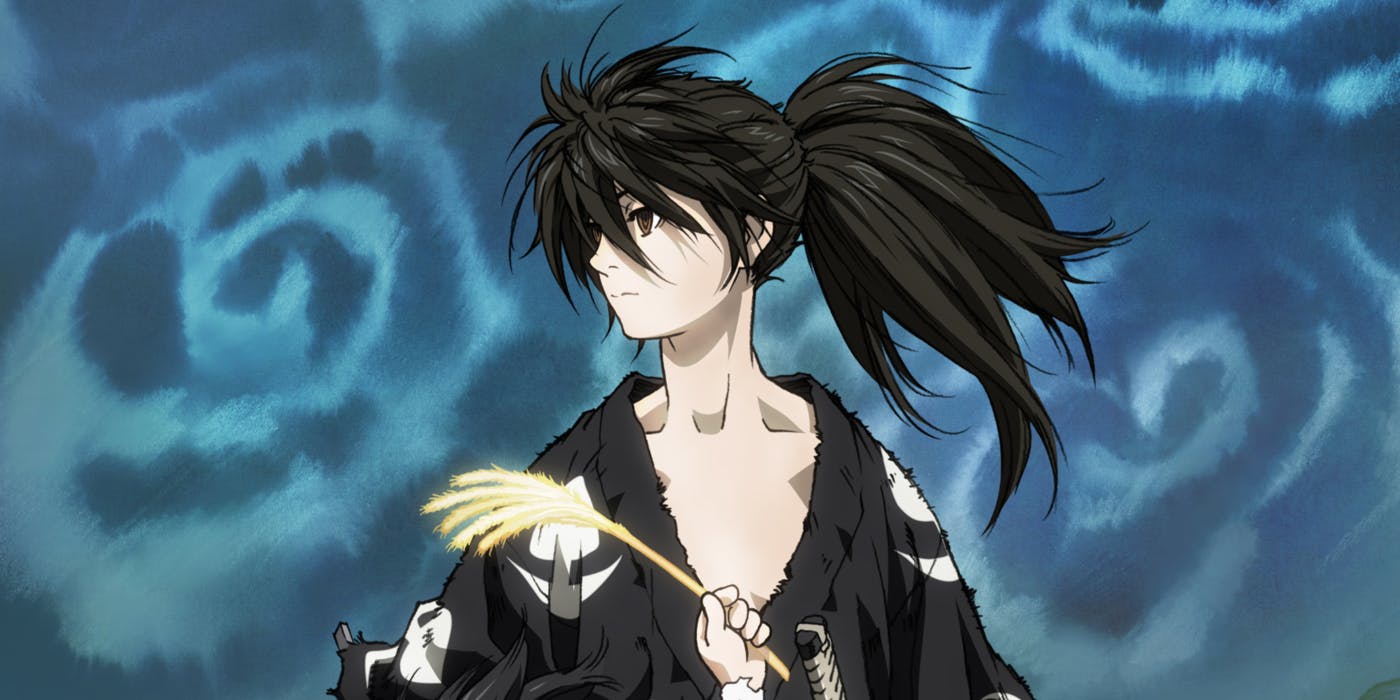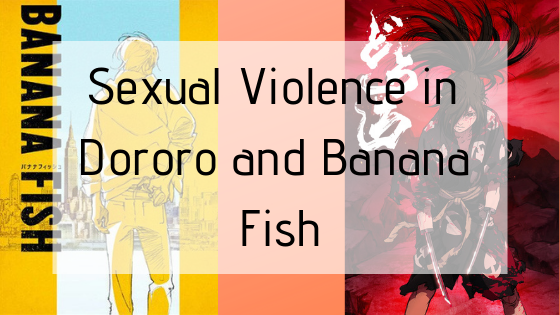So I’ve been watching a lot of anime lately, due to having more than doubled my streaming services. I’m actually thinking about making a shoujo corner a regular feature of the blog just because I love shoujo so much. But I also occasionally watch stories outside of that genre.
Anime watching, for me, contains a lot of conflict. I fully understand that anime exists in a cultural context that is Not Mine, and in fact that’s a lot of why I find some of these stories so moving. Japanese humor is nearly the only humor for me – with the exception of Brooklyn 99, I rarely find American stories funny. Japanese tragedy is delicious and overblown and I love every second of it. I recognize that I come into each interaction with anime, despite having watched it from a very young age, from a place that is outside. I may get most of the jokes, but I’m always going to be carrying around my own context as a rather-odd-but-nonetheless-American duck.
Still, a lot of anime’s take on sexual violence is really stifling to me. This occurs both within and outside of shoujo, but I find it especially pervasive in anime which might be classified under the action subgenre. Yet, as you might imagine, I love this kind of anime, too. As Roxanne Gay stated about her love for rap music in her eponymous essay collection, I, too, am a bad feminist.
Enter Dororo and Banana Fish, two anime with lots of action, tragedy and tension, both of which feature a mostly male cast. So far I have absolutely loved these two shows. But neither of them deal with sexual violence particularly well. Trigger warnings for sex, sexual assault, and violence. Spoilers for both. I do not own these IPs, or the images used herein to discuss them, but you can find them on Amazon Prime.
Let’s start with Dororo, mostly because I started watching it first.

Dororo is a story set in a fantastical feudal Japan, wherein the main character runs around fighting demons with his sword arms. It is pretty far away from Banana Fish, a story set in modern day New York City where the main character is a gangster with a gun. Yet both Hyakkimaru and Ash are marked by betrayals and are fighting against monsters much bigger than them at great personal cost. In Hyakkimaru’s case, his father traded all of his body parts to demons for power. In his quest to regain the parts of his body, Hyakkimaru grows connected to those around him. We largely see Hyakkimaru’s conflicts through the eyes of his companion Dororo – and it’s Dororo with whom we commiserate the most.

Hyakkimaru meets a woman around episode five who, so far, is the woman with the most weight to the plot. She is caring for several wounded war orphans, mysteriously vanishing every night and returning in the morning with food and needed goods. It is very obvious from the first moment that she is shown on screen, washing herself in the river, that Mio is engaging in sex work with the neighboring militaries in exchange for food. However, the other characters seem mostly oblivious to this fact – until Dororo follows Mio, and we witness her subjugating herself to those men in a scene I found very disturbing. At first I couldn’t place myself on what, exactly, disquieted me so much about this scene. It took watching Banana Fish to clarify it for me.
I mentioned that Ash, the lead in Banana Fish, is a character who is marked by betrayal. Specifically, Ash was kidnapped and made into a sex slave at a very young age. It is obvious that these sex acts are not a source of pleasure for him. They are something he has had to do to survive, just as Mio has. But as viewers, though we are clear that Ash has had these experiences – continues to have these experiences, even, throughout the narrative of the story – we don’t see the assault directly until the final arc of the anime. This is simply a thing that has happened to Ash. It is part of who he is, but it doesn’t rule him. Ash kills or outlives everyone who took from him in this way, though in the final arc we see that he cannot fully escape his past and his legacy of violence except in death.

One of the questions that comes up for me so strongly in these two narratives is the nature of consent and the part that the storytellers and viewers play in it when these kinds of stories are shown on screen. I’m sure that many more erudite folks have opined on this, but it seems to me there are two layers worth analyzing with these stories. The first is the consent of the character. The second, the consent of the audience.

Both Mio and Ash die, but Mio’s death is notable because it happens at the hands of her assaulters. Her attempt to use sex to win her way free of starvation is not rewarded by the narrative, despite Dororo’s attempts to say that she triumphed in death. She is murdered by the very men who used her. But more importantly, we are forced to witness, as an audience, Mio’s stripping of dignity in the scene where naive Dororo witnesses her passively being penetrated by a group of samurai. We become complicit in this depiction. Any act of violence leaves scars, but we are made to see Mio’s. She is a footnote in Dororo‘s larger story, a motivation for the main character, a tragic backstory displayed.
In contrast, Ash is the main character. His violation is alluded to and witnessed by other characters, but never shown on screen. Though he loses often to the people who perpetuated his assaults, he never ceases fighting. He is depicted as a power – as more than a power. He is something to be feared by those who have hurt him. The fear of him is what drives them to continue to attempt to hurt him, and their desire of him is what makes them make mistakes. Yet, Ash, too, dies at the end of Banana Fish, which raises the question: are survivors of sexual violence not allowed to have futures?

The exception to this (very tentative) rule is Jessica Randy. Banana Fish can hardly be held up as an example of decent representation for women, given that there are maybe two or three developed women that are given speaking lines. However, it’s important to point out that the woman who does experience sexual violence in later episodes of this anime, Jessica Randy, receives more dignity and resolution in her small plot than either Ash or Mio. She is shown after the assault, but the act of it is never depicted on screen. And she achieves a happy ever after with her husband despite everything.
There is a lot more to unpack here, and I still recommend both of these anime for a watch. They are both tight, fast paced, and interesting stories. That said, I do question their treatment of the very real trauma of sexual assault and the grey areas of consent that come when a character is forced to parlay undesirable uses of their body for survival. While it’s important to recognize narratives of sexual violence, some of these can be more harmful than others. The audience should not be required to participate in the act in order to continue forward in the story. I hope that we can continue to see more approaches to dealing with the realities of sexual assault that maintain respect for the characters in question and for audience members, in anime as well as in other forms of visual media.
Want to support this blog? Buy books, make a Paypal donation, or subscribe to my Patreon.
